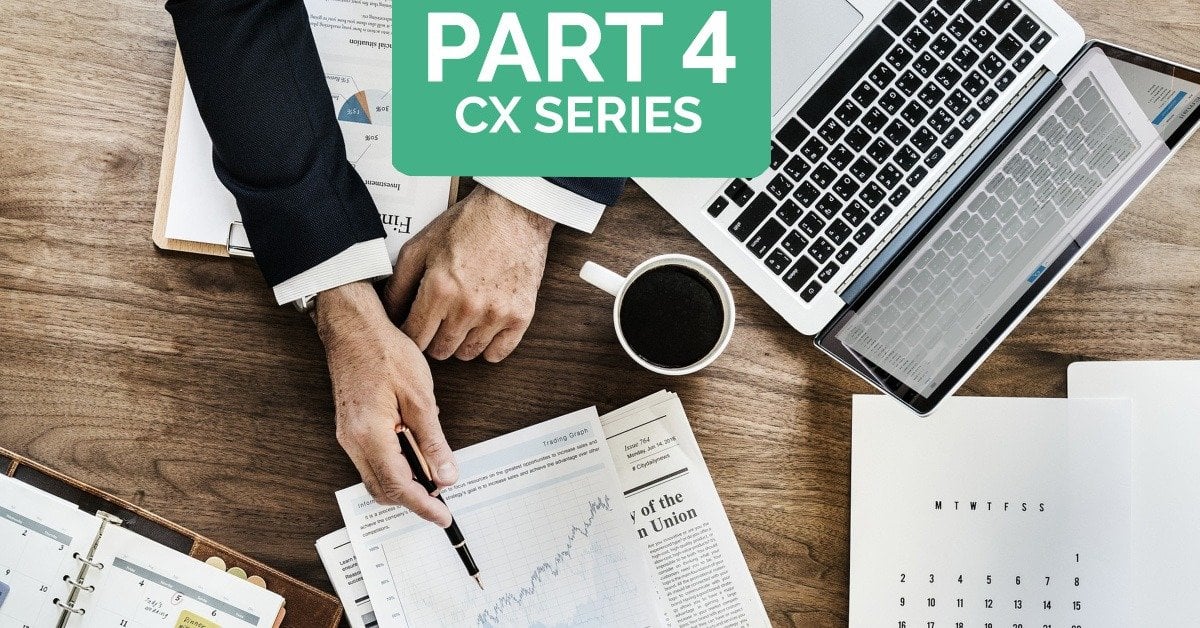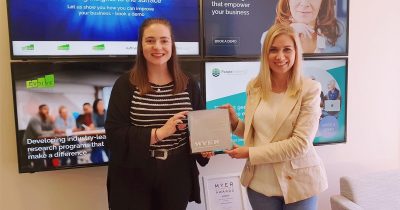Designing a Market Research Program for Actionable Insights
Note: This blog was originally featured on The Australian Marketing Institute’s blog – “Marketing Voice”.
In today’s fast-paced digital world, ‘actionable insights’, ‘data-driven strategy’, and ‘fact-based decision making’ are popular phrases used across the private and public sectors. Each of these terms are related to the same themes – being insightful and solving problems. The volume of data available to companies has grown exponentially in recent years, but has insights delivery evolved accordingly? Are companies fully optimising the data available to solve key business problems?
In this blog, I explore how to deliver impactful insights to your stakeholders, to support the delivery of your company’s commercial objectives.
Define and align on objectives
Organisational maturity in relation to market research varies greatly across and within industries. Given this, it’s understandable that many probably think of analysis and reporting when hearing the term ‘insights’. However, generating valuable insights starts well in advance of any data analysis.
The first step is to understand and define the business question, need or problem. This is a crucial step of the process, as it’s critical to ensure you are answering the right questions. In some organisations, this can be the most difficult part of the process because there is an extensive list of questions, which requires key stakeholders to prioritise. Ultimately, it may require multiple programs to cover all of your objectives adequately (e.g., complementary Employee Experience and Customer Experience programs or both Brand and Member Experience programs).
Design appropriate research methodology to collect quality data
‘Rubbish in, rubbish out’ is a common saying in research – and for a good reason. No matter how good the analysis and interpretation of data, it is only as good as the data it’s based off.
The key to quality data is to conduct the appropriate research methodology (e.g., qualitative or quantitative) and design robust research instruments (e.g., questionnaire, discussion guide). At Evolved, we have developed Conversational AI – which gives you the ability to conduct qualitative research online, at scale. This is a helpful solution that provides the confidence of quantitative data to make decisions, whilst bringing to life your respondents’ perspectives in their own words.
There is a more to research methodology than can be covered in a blog such as this, but at a high level, it needs to be:
- Designed to meet the business objectives
- Representative of the target audience
- Cover the relevant time period of interest
- Designed to minimise error and bias
- Independent and stand up to scrutiny
There are both self-serve platforms for those organisations resourced to run their insights program themselves, as well as a myriad of experienced market research agencies – each with their own strengths in particular methods and sectors. Less of an issue when conducting a study with your own customers, however one often over-looked factor when buying the sample for your study is the panel provider, qual recruitment agency or list broker. There are a number of reputable field houses out there with a quality member panel, but as with any product or service – do your research! If you get respondents who game the system to meet your recruitment specifications, then you won’t have quality data for your analysis.
Understand the audience to tailor insights
An experienced insights professional will know the importance of understanding the audience before starting the preparation of a deliverable. This will help tailor the insights to be relevant to your stakeholders and have maximum impact.
The below questions will help you better understand your audience:
- Who is the audience receiving the deliverable?
- How would they like to receive the results (e.g., report, briefing paper, executive summary, presentation, or dynamic dashboard)?
- What is important to them? What are the key things they want to know?
- What hypotheses are they expecting the research to validate?
- What will they use the results for? What decisions do they need to make?
- How much time do they have? Are they time poor?
- Do they prefer detail or a high-level summary?
- How do they normally consume content (e.g., laptop, mobile, tablet)?
- What deadlines are they working to? When do they need the results?
Understanding the above questions will help you determine the best way to deliver the results in a meaningful way and maximise the likelihood that they are received well.
To be impactful, insights need to clearly answer for the audience ‘what does this mean for me?’ The ‘What? So what? Now what?’ framework is a simple reflective model to help step out research results for any audience:
- What? What are the results of the research?
- So what? What does this teach us? What does this mean for the organisation?
- Now what? What actions do we need to take now? What strategies and decisions can the insights inform?
Deliver results in a meaningful and engaging way
Reporting research results is a balance of art and science. Descriptive reporting occurs when too much of a scientific approach is applied – the deliverable is simply a ‘data dump’ of charts associated with descriptive commentary. This usually results in hundreds of pages full of charts outlining the ‘what’ (e.g., 80% of respondents are satisfied). This approach is easier than incorporating the art of storytelling in reporting, which requires expertise and experience.
Storytelling in research reporting means bringing the audience along the journey and structuring the communication in a meaningful way. The five essential elements to storytelling still apply:
- The characters: Who was sampled?
- The setting: What is the context of the research?
- The conflict: What are the objectives and questions to be answered?
- The plot: What are the results?
- The resolution: What are the insights (i.e., ‘so what?’)?
The research story can be told via different channels. At Evolved, we deliver dynamic dashboards for our ongoing programs, so our clients have a continuous finger on the pulse and are alerted to any emerging themes via advanced text analytics. This way, the scene is already set when we deliver the plot and resolution in a visually appealing presentation. Imagery and art help make a story compelling, so don’t underestimate the importance of engaging data visualisations and report aesthetics.
Finding the balance between the art and science of research storytelling tailored to your audience is something that takes practice, but I believe that ultimately, this is the key to inspiring the action and change that leads to organisational success.
Find out more
To find out more about how Evolved Thinking can help your business with research design, data analysis, strategic reporting, or any market research related consulting services, contact us or feel free to shoot me a message via LinkedIn.
Thinking about bringing your research in-house? Power up your insights with Human Listening, a next gen market research platform with Conversational AI.





